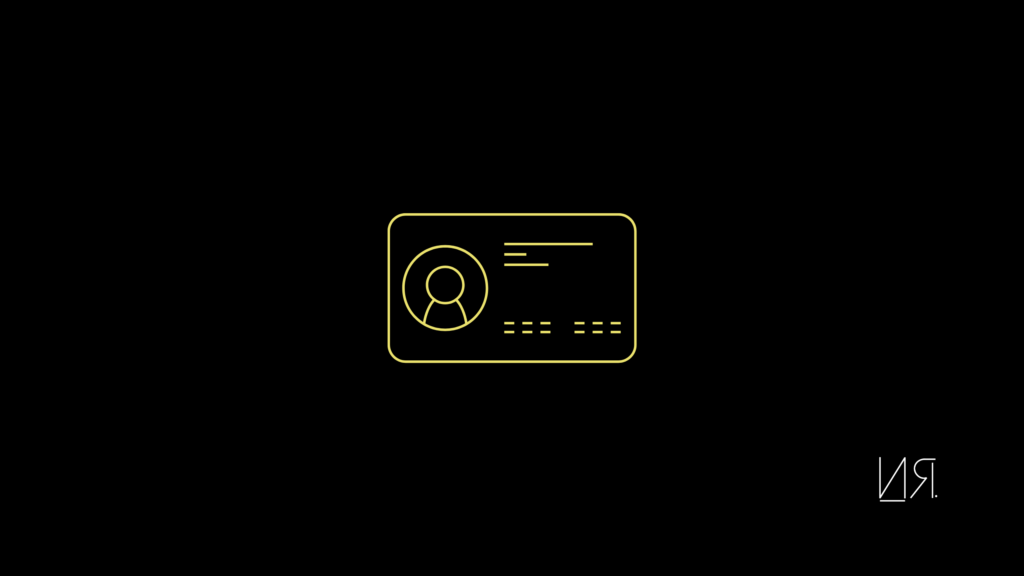There’s a podcast host I’ve been following for about 6 years now.
I came across his podcast about writing back in 2019. His show voyeurs over entrepreneurship, creativity, culture, and writing. I’ve been a guest on his show twice now. But then a month ago, he wrote an article on substack about Generation X (GenX) that went viral. Ever since, he has been writing about creativity, entrepreneurship, and culture through the lens of someone from GenX talking to other GenX’ers.
He recently hosted a livestream with another podcaster focused on GenX content. They talked about the music they grew up to. They argued about Prince vs. Michael Jackson vs. Beastie Boys vs. Nirvana
He sent me a message on substack saying: “I think I’ve found something that’s clicking.”
I responded: “I think so too.“
He has found a tribe, making his communication more effective.
The fragmented class:
We live in a fragmented global village.
The Internet has shrunk the world into a global village but it has also created massive fragmentation.
Each one of us has been siphoned into silos, where we reinforce what we like to hear in our little hollow echo chambers.
According to Gallup, fragmented communities are among the factors fueling the global rise in unhappiness.
The definition of community continues to evolve.
We have physical and digital communities, leisure and work communities, colleague and customer communities.
The more connected we are, these lines tend to blur, particularly since a lot of us are multifaceted individuals.
But there’s a community out there that clicks for you.
You just have to spend time finding them.
This takes patience because when you do, it’s easier to communicate in these identity-based communities.
If you can find your tribe, things start clicking, but I can be a double-edged sword.
How to leverage Identity-based Persuasion:
“We belong together.” (Cue-in the Mariah Carey song).
Belonging is a strong persuasive lever that’s quite different from “liking,” mentioned in my previous letter about persuasion. Liking says “you’re like us,” while belonging says “you are one of us.” It goes beyond superficial similarities or levels of attraction. It’s people of the same tribe, from the same country, who grew up in the same town.
We’re swayed by people we share an identity with.
On the other hand, it develops biases, in which we choose people and defend actions simply because they are of the “same tribe.”
When you’re aware of the psychology of the tribe, you’ll be able to speak to, attract, and build with them, while avoiding the dark side of “group mentality.”
Here are a few principles of being, acting, and getting together.
1. Physical Coordination:
When I wrote Press Play, I learnt how deep the power of music was. I didn’t realize I’d come across it again in a book about influence and persuasion.
When we do things together in synchrony we tend to feel connected.
Finger-tapping, dancing, marching, chanting, praying, and singing together are all things that give us a sense of “we-ness.” This is nothing new, we’ve been doing this since prehistoric times.
Cave drawings show people dancing together. Warriors have been known to dance together to synchronize before battle.
Studies show that when we are coordinated in a group activity, we emit similar brain waves. In essence, we are literally functioning on the same wavelength.
Coordinated action amplifies two attributes from people seeking to be more influential – enhanced liking and greater support from others.
Guess the one tool that has a strong human affinity for coordination?
Ding. Ding Ding.
You guessed it – Music. (Oh, you still haven’t read Press Play yet? No stress, it’s waiting for you here, fam).
Music possesses rare coordinating power. Listeners can easily align with one another along rhetoric, vocal, and emotional dimensions.
With identity-based communication, the most important thing is finding how to “act together” that fosters coordination and music is a tool for coordination.
2. Reciprocal self-disclosure:
You don’t have to play music all the time to get your point across.
Reciprocal self-disclosure is another coordinating action, in which people take turns in disclosing increasingly personal things about themselves to one another.
This vulnerability builds bonds.
That’s why, “shared pain” is a group-bonding technology. When people go through adversity together, they tend to form strong bonds.
Some would say: “Misery loves company.” Fela Kuti would say “Africans love to suffer and smile together.”
We’re bonding through hardship. You’ll find that a lot of companies, sports teams, and country leaders use this as a persuasive lever to engage their team spirit of “building and winning by doing tough things.”
If you are using it and it’s working: good.
If you are falling for it: ask why?
Just be aware of this coordinating lever of identity-based persuasion.
3. Co-creation:
“I have a nice white wooden dresser in my closet. It is beautifully-made. Top-of-the-line furniture, I tell you.”
This is the IKEA effect, in which people who contribute to the creation of something see their amateur creation in the same light as an expert’s. That’s why I’m so in love with the IKEA dresser I assembled. Don’t judge me.
When you are involved in the creation process, you feel connected to the creation and the co-creators.
In fact, studies show that managers involved in the creation of a document, an ad, a product, rate the work-product higher than if they weren’t involved with it. (Those sneaky managers huhn? Always tryna take credit). Anyways, co-creation leads to a merging of identities, so if the manager rates the work higher, and rate the importance of their involvement, they also rate the value of their co-creators higher too.
That’s why asking for advice is good advice.
I’ve found that co-creation has helped me a lot in my career. I’ve learned to reach out to mentors, who want me to win because they gave me advice. I’ve found that co-creating a book with readers makes people feel more connected to the book and my journey.
Co-creation requires you to be open to feedback, building opportunities for coordination and merging entities.
4. Diversifying Identities:
Identity-based persuasion enhances liking and support from others.
At the same time it taps into a very strong darwinian force of survival that forces people to stay fragmented into their tribes. This opposing force can only be challenged with attentional focus.
You, your tribe, or organization have to make the effort to diversify your interaction with other groups, actively seeking out cross-group interactions with different people.
You also have to be aware of the false actors, in “we-groups,” who use the strength of identity as a cloak to shield against their bad actions. They know there’s a higher chance of protection as we’ve seen in institutions such as unions, police, and some churches.
You have to actively push and pull with your tribe.
Influential Identity:
There are always two sides to the same coin.
Coordination, vulnerability, and co-creation garners us favors and support from other but can also lock us into silos. Your awareness of identity-based action will help you achieve your goals. Whether your goals are that of a good person or false actor, I’ll leave that up to you.
I hope you choose a path that reduces collective suffering.
Yours truly,
Nifemi



